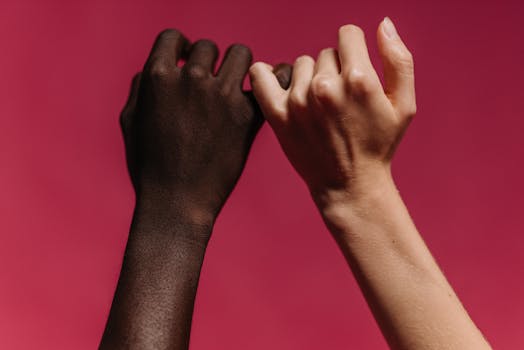
Cultural Fusion: Embracing Diversity in European Lifestyles by 2025
Introduction to Cultural Fusion
Cultural fusion is a term used to describe the blending of different cultural practices, traditions, and values to create a unique and diverse cultural identity. Cultural Fusion is becoming increasingly important in European lifestyles, promoting diversity, inclusion, and understanding among different cultures. As the world becomes more interconnected, cultural fusion is playing a significant role in shaping European lifestyles, and it is expected to continue growing in importance by 2025.
Benefits of Cultural Fusion
The benefits of cultural fusion are numerous, and they can be seen in various aspects of European lifestyles. Some of the most significant benefits include:
- Promoting diversity and inclusion: Cultural fusion encourages the acceptance and celebration of different cultures, promoting diversity and inclusion in European societies.
- Enriching cultural heritage: Cultural fusion enriches the cultural heritage of European societies by introducing new practices, traditions, and values.
- Fostering creativity and innovation: Cultural fusion fosters creativity and innovation by bringing together different perspectives and ideas.
- Improving social cohesion: Cultural fusion helps to break down social barriers and improve social cohesion by promoting understanding and acceptance of different cultures.
Examples of Cultural Fusion in European Lifestyles
There are many examples of cultural fusion in European lifestyles, including:
- Food: The blending of different culinary traditions has resulted in the creation of unique and delicious fusion cuisines, such as Italian-Chinese or French-Indian.
- Music: The fusion of different musical genres, such as jazz, rock, and classical, has resulted in the creation of new and exciting sounds.
- Art: The blending of different artistic traditions has resulted in the creation of unique and thought-provoking works of art, such as graffiti or street art.
- Fashion: The fusion of different fashion styles, such as traditional and modern, has resulted in the creation of unique and stylish clothing.
Challenges and Opportunities
While cultural fusion presents many opportunities for growth and development, it also poses some challenges. Some of the most significant challenges include:
- Cultural homogenization: The risk of cultural homogenization, where one culture dominates and suppresses others, is a significant challenge.
- Social integration: The integration of different cultural groups into European societies can be a challenging and complex process.
- Language barriers: Language barriers can create obstacles to communication and understanding between different cultural groups.
Despite these challenges, cultural fusion also presents many opportunities for growth and development. Some of the most significant opportunities include:
- Promoting mutual understanding: Cultural fusion can promote mutual understanding and respect between different cultural groups.
- Fostering economic growth: Cultural fusion can foster economic growth by promoting tourism, trade, and investment.
- Enriching cultural heritage: Cultural fusion can enrich the cultural heritage of European societies by introducing new practices, traditions, and values.
Conclusion
In conclusion, cultural fusion is a significant aspect of European lifestyles, promoting diversity, inclusion, and understanding among different cultures. While it poses some challenges, it also presents many opportunities for growth and development. As the world becomes more interconnected, cultural fusion is expected to continue growing in importance, shaping European lifestyles in meaningful and lasting ways by 2025.


